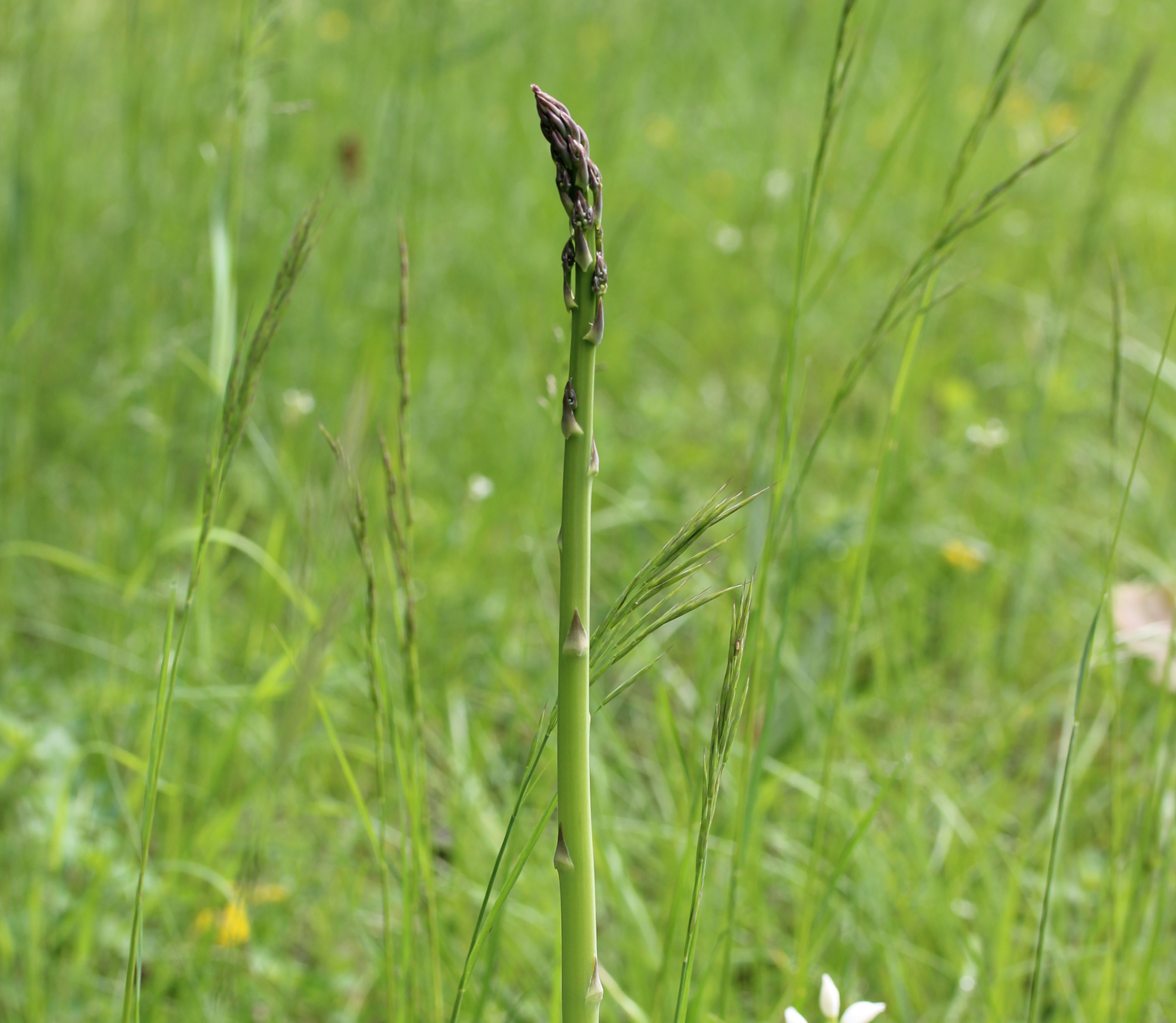
- The next winter will delight us with the outbreaks of asparagus officinalis. It's my beloved of the vegetable garden and also of my vegetable garden.

Suddenly, a plant that lives for years prolongs the outbreak below the earth. Every year the plant is destroyed, the plant that has grown in that year as the autumn comes has become bitter, has been wilted and destroyed. In winter he lives only underground. The raw reserves are collected in form and collected at their roots, which will thicken and wait for days that will bring new season and that will be refined and tempered. So, he wants to create a plant that will ignite the heights, dance and give life and produce new reserves. Outbreaks are the first pujas or cheeks on this plant. The outbreak includes the cumulative cutbacks in the thick roots throughout the previous season. Plants use the most advanced storage techniques to organize them as best as possible: complex sugars. The knots and bonds of these sugars have become the simple edible sugar that cells need to release the knots and bonds of these sugars and build the plant that will form the new season. The reserves to collect as much as possible at the root are complex, compacted, more enveloped in themselves, overconcentrated. In Kimua, on the contrary, they are lightened, liberated, fused, they are foods that can be used in di-da. This set of sugars adds a great sweetness to the new outbreak, the first natural asparagus of the season, once it has been drunk for the first time, ask the ceiling of the mouth… Even the palatine notes it.
The new outbreak kicks off the roots and drags on until the new plant rises. Initially in the subsoil something similar to black and white will be prolonged, it is the period of skotomorphogenesis; then, once brought to light, making with this light its photosynthetic function, it will be prolonged adopting the natural color that is in general green, it is the period of photomorphogenesis. As long as it is white it will have no more food than that of the roots; the new photosynthesis will have those which it has created itself. This is the most remarkable change of the tasting. In the white subsoil it has smoother, thinner flavors, textures and skins.
In the asparagus, the beautiful buds are extended under the large groove beds. Other vegetables are built around a lot that will cover them. There are also others that are covered without dirt with some other material: paper, cardboard, board, tiest, tile… There are also others that have enough to hold the leaf moat. Some are the asparagus of the poor (Chenopodium bonus-henricus), celery (Apium graveolens), endibia (Cichorum endivia), endivia (Cichorum endivia var). Crispum and Var. latifolium), lettuce (Lactuca sativa), txikoria (Chicorium intybus), puerro (Allium porrum), cardo (Cynara cardunculus), potato (Solanum tuberosum) and arabarba (Rheum rhabarbarum). Horticulturists often reach through plants, without the need to bleach, some rudimentary freshly edible shoots, such as silk (Typha spp. ), scalp (Rubus fruticosus), ambulance or leek (Asphodelus albus), chicory tooth (Taraxacum officinale), etc.
If you're piety, melluelo or milixka, and even more so if you're passionate about militias and mezquinties, encourage yourself to collect and peel vegetables on the mountain. The palate bleeds the orchard.